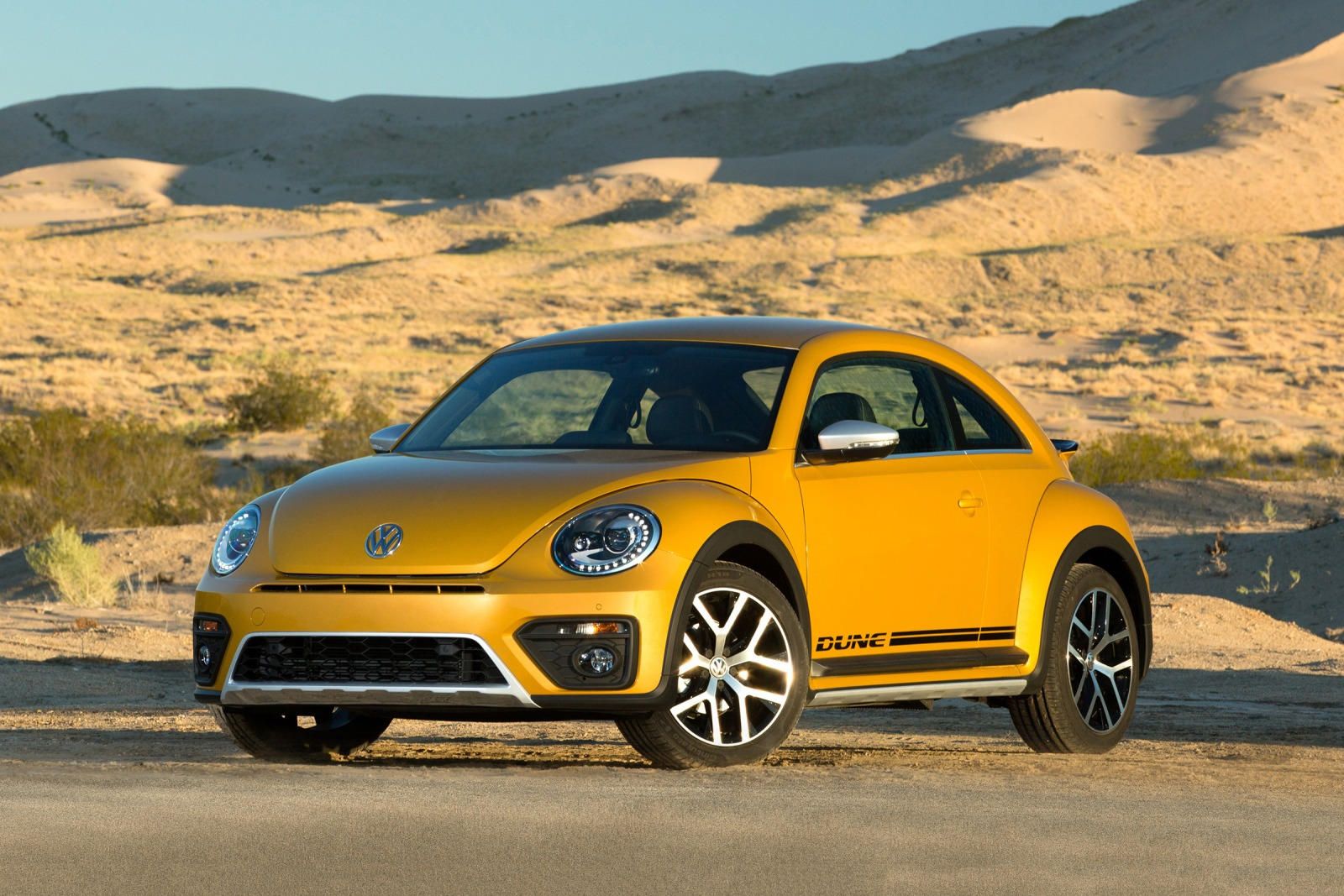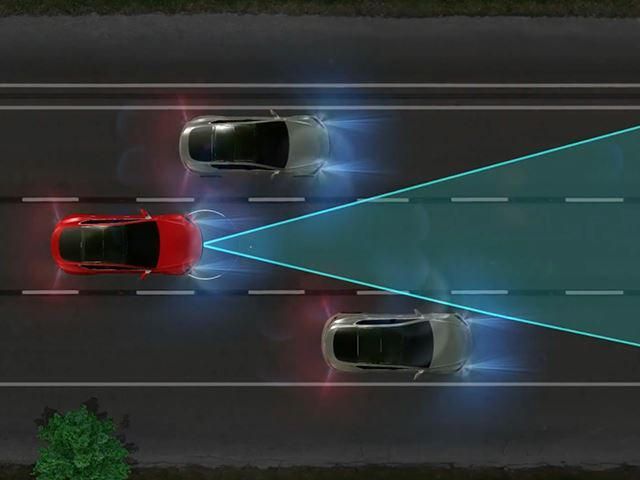
When Tesla revealed that it was planning to update its Autopilot software, many wondered how the automaker would improve on the system without adding on to the existing army of sensors. These include a camera, a radar sensor, and an array of ultrasonic sensors, which may all sound impressive, but not be enough. Previously, the camera and radar worked together to ensure that Teslas stayed within their lane when traveling with autopilot engaged and also kept up with the flow of traffic by monitoring the car in front.
Now, with the upcoming release of Autopilot 8, it appears that the automaker wants to dole out more responsibility to the radar sensor in order to prevent accidents in the future. As Tesla's latest blog post indicates, this is no easy task. While radars are good at detecting things in front of the car, it has a hard time distinguishing size and shape of objects. Take a soda can for example. While only those with cars lowered to the extreme would swerve out of the way of an aluminum can, if the bottom concave portion of the can is facing the car, the radar signal would be magnified, meaning the software would see it as a larger object and immediately brake the car thinking that a crash was imminent.
Overhead freeway signs are a problem too. A radar detector would see a sign and not know if it was tall enough to allow the car to clear it or low enough to cause an impact (much like the impact that killed Joshua Brown). The update helps refine the computer's interpretation of the radar signals, allowing it to distinguish from real dangers or road imperfections to avoid false braking events. To help, Tesla is using the cloud. Even when Autopilot is not engaged, a Tesla will detect road signs, bridges, and curbs and upload that information to the cloud. If enough Teslas pass underneath a road sign and deem it safe, its location is then tagged and whitelisted on the system, allowing drivers that pass by with Autopilot engaged to do so without triggering a system warning.
Aside from allowing for greater prominence of radar input, Autopilot 8 will have a host of new features. By bouncing the radar underneath the car in front of it, a Tesla equipped with Autopilot will not be able to see two cars ahead to prime the brakes in case the car in front of it has not yet noticed a hard braking event. The software will now also take Teslas off the freeway using exit ramps if the blinker is on or if the navigation system calls for it in version 8.1. Additionally, Europeans will notice that their Teslas will have a reduced likelihood of overtaking in the right lane (a practice more common in the US since people don't know how to drive properly). Additionally, it seems that Autopilot will get a bit stricter about users taking their hands off the wheel.
If the system asks the driver to keep hands on the wheel too often, it will disable Autosteer and only reengage it when the car is put in park. However, even when Autopilot is completely inactive, the system now has the ability to intervene when it detects that a crash will happen with 99.99% probability. In typical Tesla fashion, there are countless other changes to the software, which Tesla only made mention of with an interesting clause. The final bullet point on the list of upgrades reads, "Approximately 200 small enhancements that aren't worth a bullet point." We're sure that each of these changes makes a contribution to safety. Tesla owners will need to wait a week or two until the update mysteriously appears after an over-the-air update.

